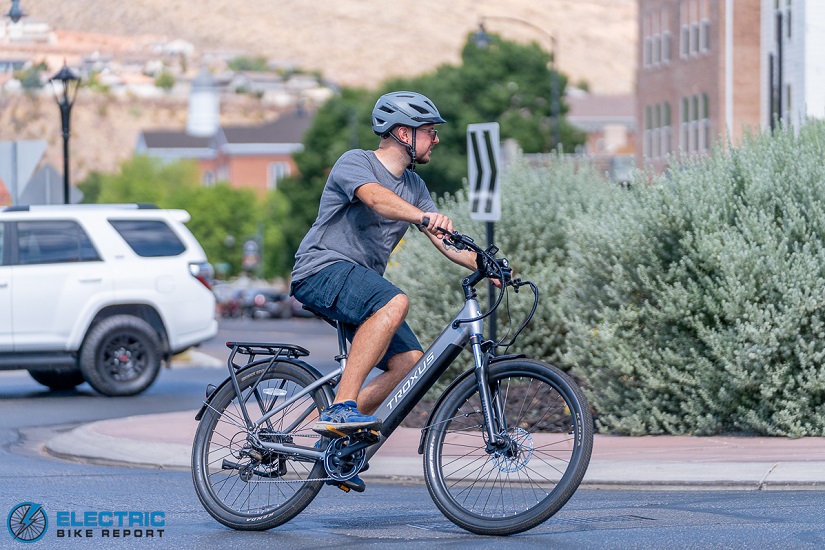Generally speaking, electric bikes are perfectly legal. That’s because People for Bikes, the largest advocacy organization for cyclists in the U.S., wrote a model law and then lobbied heavily for a three class system that states could adopt to give e-bike riders consistency across the 50 states.
That said, we’re beginning to see news reports of e-bikes being banned or restricted in some communities. The village of Key Biscayne recently outlawed all e-bikes and e-scooters. In some places, only certain types of e-bikes are permitted. If you’re confused by what you’ve seen on TV or read in the news, it’s understandable.
Most states (42) have gone on to adopt the law defining the three class system; it positions the three classes of e-bikes within a state’s existing motor vehicle code and gives e-bike riders most of the same rights (and responsibilities) as riders of traditional bikes. A handful of states (Alaska, Kentucky, Montana, North Carolina, Pennsylvania, Rhode Island and South Carolina) have adopted laws that deviate from this by varying degrees.
Unless explicitly forbidden, all three classes of e-bikes are permitted on streets. Those three classes are:
- Class 1: pedal assistance up to 20 mph
- Class 2: pedal assistance or throttle up to 20 mph
- Class 3: pedal assistance up to 28 mph (if it has a throttle, the throttle’s assistance tops out at 20 mph)
These three e-bike types, which cover more than 90 percent of all e-bikes sold, are permissible on any road that a bicyclist is allowed to ride. Like bikes, e-bikes are not permitted on interstates or similar highways. Riders are required to obey all the rules of the road, just as a driver would. Some states limit rider age, especially with Class 3 e-bikes. They may also require some riders (such as minors or riders of Class 3 e-bikes) to wear a helmet.
Things become more complicated when we begin looking at bike paths, multi-use trails, sidewalks and singletrack trails. In some states, you can’t ride an e-bike on sidewalks, period. In others, you can’t ride a Class 3 e-bike on a sidewalk. Some bike paths only allow Class 1 e-bikes or limit all bikes—electric and traditional—to a speed limit of 15 mph.
Federal regulations (per the Consumer Product Safety Commission) define an e-bike as producing less than 750W (nominal or continuous power, not peak). Additionally, sixteen states limit an e-bike’s motor power to 750W (nominal or continuous, not peak). Anything more than that isn’t classified as an e-bike.
Not an e-bike
Some e-bike makers offer models that can be “unlocked” and ridden in what is sometimes called an “off-road” or “race” mode. These modes allow an e-bike to be ridden at speeds faster than 28 mph. E-bikes with “off-road” mode are legal at Off-Highway Vehicle Areas (OHV), and few other places.
These e-bikes, some of which can produce as much as 3000W nominally, have yet to receive a formal classification from the government. They simply aren’t e-bikes. Because they have pedals, they aren’t considered mopeds or motorcycles, either; the government has yet to require riders to register or insure them, or carry a driver’s license when riding.
The state of Utah recently enacted a law defining out-of-class e-bikes that also differentiated between them and e-mopeds. Police are empowered to ticket anyone riding an out-of-class e-bike on city streets.
.
.
.
#Electric #Bikes #Street #Legal
Source link








